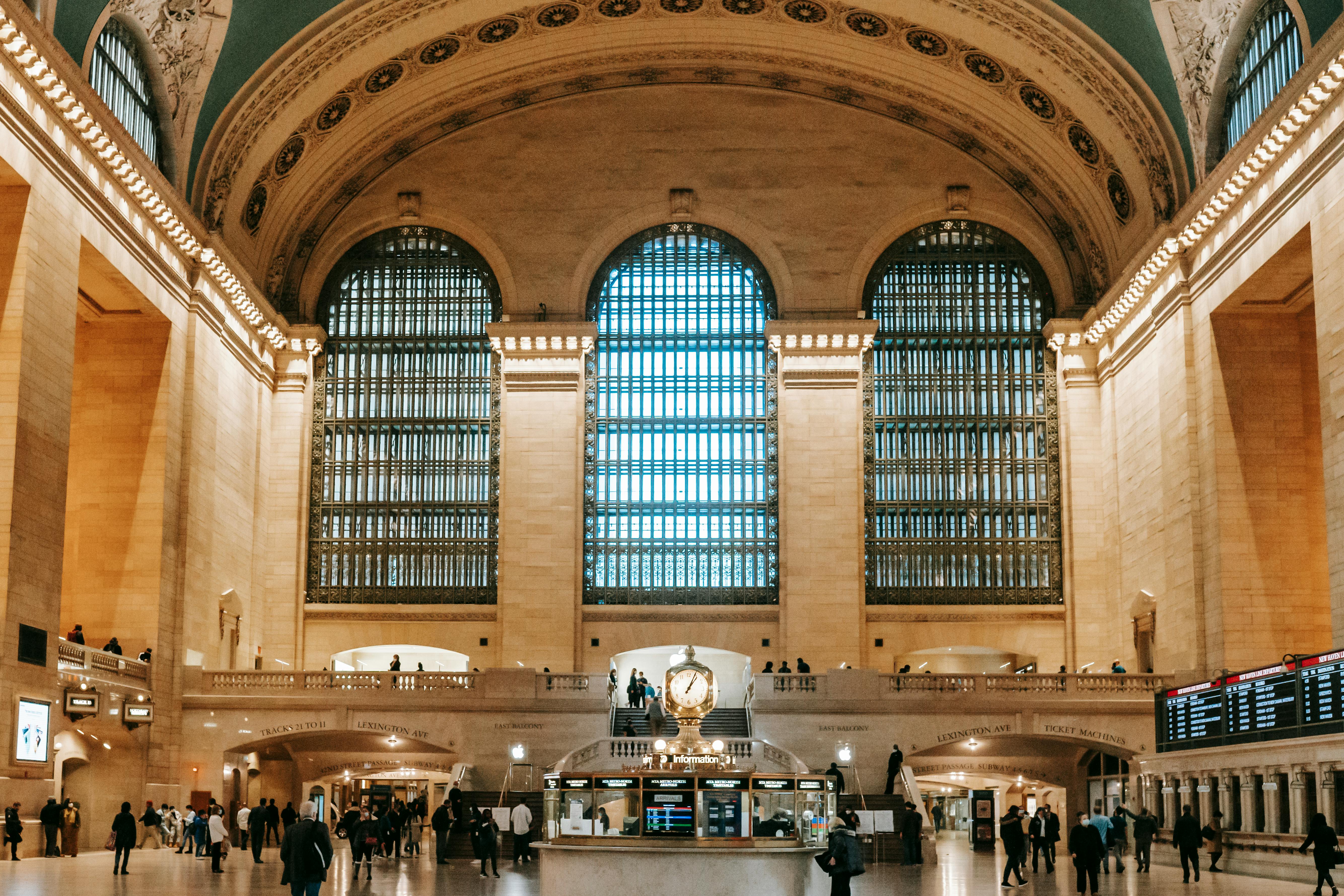Successful investment in Australian Aboriginal art
Australian Aboriginal art offers excellent opportunities for profitable investments. However, like all investment decisions, a successful investment in Aboriginal art requires that the investor be well informed, have access to good advice, and take a proper long-term perspective. The added benefit of investing in Aboriginal art rather than property or stocks is that the investor can enjoy the aesthetic beauty of the artwork with the security of knowing that the investment will produce a solid financial return.
The first essential ingredient for making sound investment decisions is information. Investors need a good general background knowledge of indigenous art and culture. There is a wide range of excellent books available on the subject, as well as trade magazines and auction catalogs. The Internet is also an increasingly rich source of general information, in addition to specific information on particular artists.
Armed with solid background knowledge, the second essential step in the information gathering process is to find opportunities to view a wide range of Aboriginal art. The most effective places to do this are, not surprisingly, the major public art galleries. In Australia, there are particularly good collections in Sydney, Adelaide, Canberra, Darwin, and Alice Springs. Commercial galleries also frequently showcase interesting work from both well-known artists and emerging young talent.
There are several important factors to consider when considering investing in a particular painting. First, consider the reputation of the artist, the period of the artist’s career in which the work was painted, and the relative quality of the work to the artist’s overall output. Also determine if the artist’s work is in the main national and international collections. This is where a solid prior knowledge of the Aboriginal art world pays off. Next, consider the general condition of the work, its age and size. Remember that early work, such as the one painted during the 1970s in Papunya, can be very valuable. Finally, determine the origin of the work, making sure that the documentation is clear and indisputable.
Investment strategies for Australian indigenous art should be discussed with a professional investment advisor. A common strategy is to avoid acquiring paintings by currently popular artists like Rover Thomas, Emily Kngwarreye, and older Papunya Tula artists, rather than looking for quality artists whose work is currently out of use or not yet in high demand. The advantage of this strategy is that less capital is required than for strategies based on acquiring the work of well-known artists. Many investors have been financially successful following a more personal strategy based on both prior knowledge and instinctive good judgment, acquiring works with strong personal appeal where the artist clearly possesses a distinctive style or vision.
Before engaging in Aboriginal art on a significant scale, potential investors are encouraged to discuss their plans with a financial advisor who can explain the advantages and disadvantages of different types of investment. Having made the decision to seriously invest in indigenous art, investors should also seek out professional art consultants and art investment advisers. Aboriginal art makes up about 25% of the Australian art market, which has an estimated total value of around AU $ 500 million a year. Most estimates of the average annual increase in the value of prime Aboriginal artwork range between 6% and 10%, although increases of up to 90% are commonly reported over a 5-year period.
